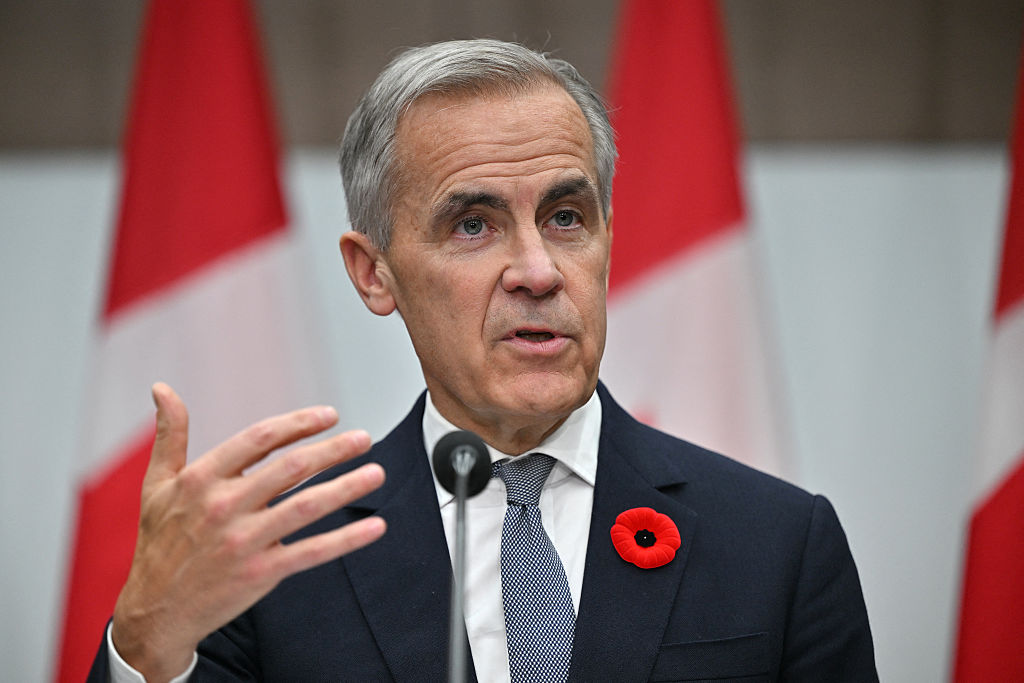
Canadian Prime Minister Mark Carney has finally unveiled his budget for 2025, and it has immigration experts worried.
Carney's budget plans on slashing Canada's acceptance of temporary residents, international students, and foreign workers significantly.
Cuts to immigration
Carney's plan outlined his immigration strategy for the next three years, 2025-2028.
While there are cuts across the board regarding immigration, permanent residents aren't seeing any. Carney plans on keeping the number of new permanent residents at 380,00 per year until 2028.
Where the cuts really take place are in temporary foreign workers and international students.
Carney plans on scaling back the number of new international students from 305,900 this year to 150,000 a year for the next three years.
Foreign workers are also seeing huge cuts, with the number of temporary foreign workers arriving being slashed from 367,750 to 230,000 in 2026, and 220,000 in 2027 and 2028.
Impact on refugees awaiting resettlement
Carney's new immigration plan will see the annual rate for these privately sponsored refugees drop from 23,000 this year to 16,000 in 2026, while government-assisted refugees are reduced from 15,250 to 13,250.
There are currently more than 90,000 privately sponsored refugees awaiting resettlement in Canada. The lower quota will reportedly increase the wait time to up to 6 years for some of those waiting.
Still adding dept
Even with massive cuts to refugee programs and temporary residents, Budget 2025 is still going to increase Canada's debt deficit.
In last December's fiscal update, the Carney government projected the federal deficit to be $42.2bn in 2025-26. But the plan released by Carney will run a deficit of $78.3bn in 2025-26. The government says it will aim to reduce the federal deficit to $56.6bn by 2029-30, but the Conservative caucus has its deficit limit at $42bn, almost half of what Carney is proposing.
Added defence spending
Carney's budget will increase defence spending by $84bn over the next five years, to combat what it calls an “increasingly dangerous and divided world”. Canada has already pledged to meet NATO's goal of spending 3.5% of its GDP on defence.
Although the budget will increase defence spending, it will cut federal jobs significantly.
Cutting federal jobs
Carney's ‘Canada Strong' budget plans on weakening the federal workforce by 28,000 jobs from the federal public service.
The federal public service currently employs more than 350,000 people, with more than 40 percent of them living in the Ottawa-Gatineau area.
The Canada Strong Budget 2025 will reduce the size of the federal public service by 40,000 jobs through job cuts, attrition, and early retirements. These cuts will take the workforce from 367,772 employees in March 2024 to 330,000 by 2028-29. There were 357,965 federal employees as of March 31, 2025.
Experts claim the cuts will only hurt Canadians.
“This budget really reads like austerity and Canada's unions refuse to let workers pay the price,” Larry Rousseau, executive vice-president of the Canadian Labour Congress, told reporters Wednesday morning.
“The government wants to cut tens of thousands of public service jobs. This will mean longer EI waits, slower passports, fewer safety inspections and food inspections, delays for seniors and families. You do not modernize services by gutting them. I cannot believe that I heard this morning from the prime minister that same old, same old about doing more with less.”
The president of the Public Service Alliance of Canada, Sharon DeSousa, says, “The services and programs people rely on are going to be slashed.”
Not confirmed yet
The Liberal party will need at least three conservative MPs to cross the floor to vote in the budget. One MP has already sided with Carney's Liberals, meaning only two more are needed to put “Canada Strong” into effect.
“There were differing degrees of input which we received from the various opposition parties,” Carney said in Ottawa, the day after Finance Minister François-Philippe Champagne presented the first budget.
“I know, in fact, that there's a lot in this budget that reflects the input from those parties from specific projects to certain programs and reinvestment in them,” he said. “So those parties are aware, and part of this is a process of digesting the budget.”